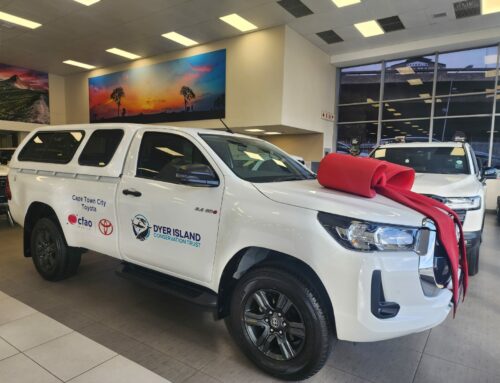Leatherback stranding
December 17, 2011 by dyertrust
While filming with Blue Note Productions for their latest documentary in 3D, marine biologist Oliver Jewell discovered a deceased stranded Leatherback turtle amongst the rocks. I couldn’t believe it, I just happened to look down and bam, it was there!
Leatherback turtles are the largest living turtle in the world. Their front flippers can exceed 3m in length and can weight upwards of 700kgssurprisingly off of a diet almost entirely of jellyfish. They are found in all oceans of the world and are incredibly deep divers easily reaching 1km or more. This is why their shell has the array of pleats or keels along the length. While down at those extreme depths, the shell folds in like an accordion crushed by the pressure of the water but becomes very strong to protect the turtle’s organs.
Leatherback strandings are fairly rare in these parts and their population structure in South Africa is still a work in progress. It’s impossible for us to tell how this Leatherback met it’s end, but a rather large skull injury was present. In general, their main threats in South Africa are pollution (plastic bags look a lot like a jellyfish), long-lining, and anti-shark nets.
If you find a stranded animal living or deceased, please contact us anytime 24-7 at 082-907-5607.





